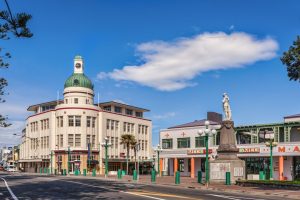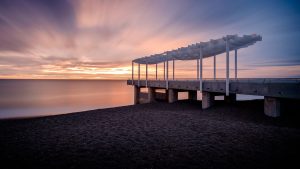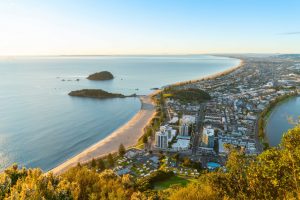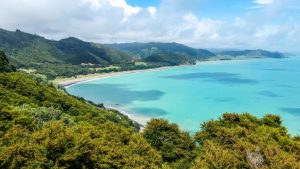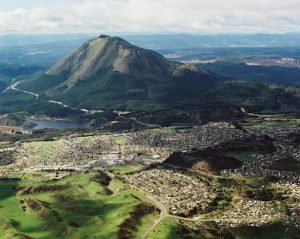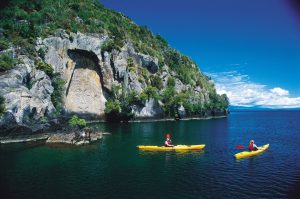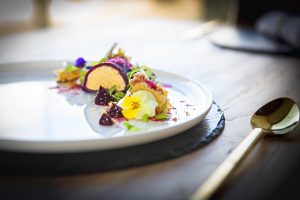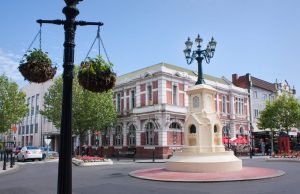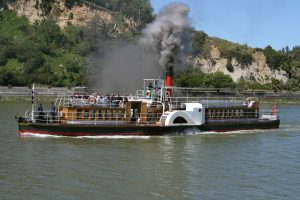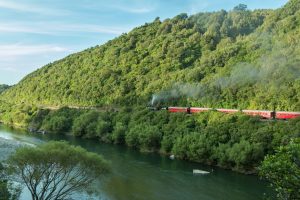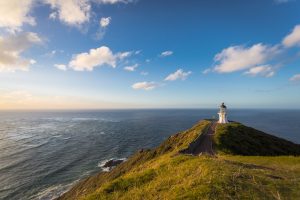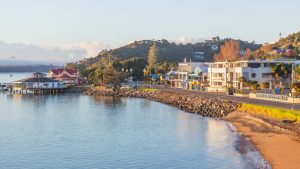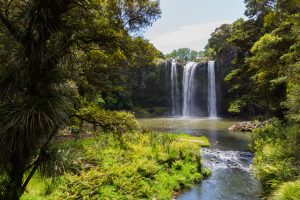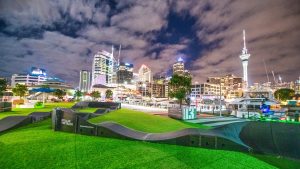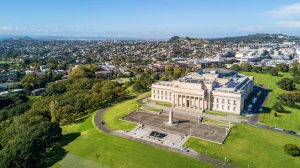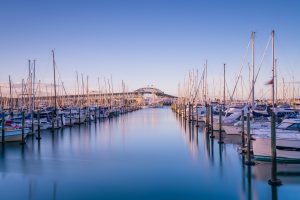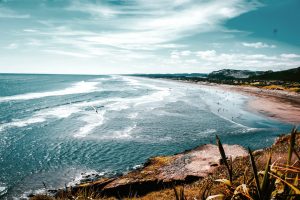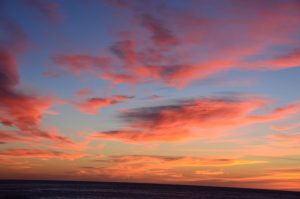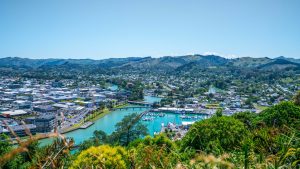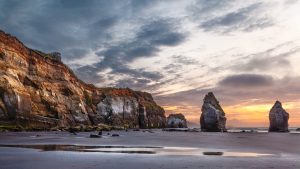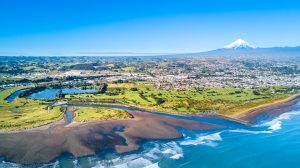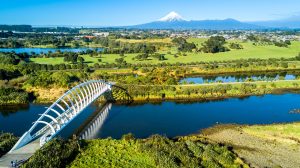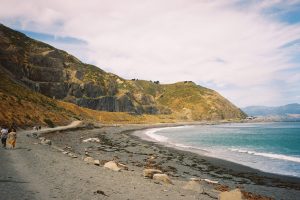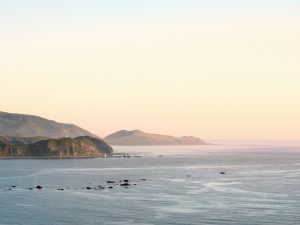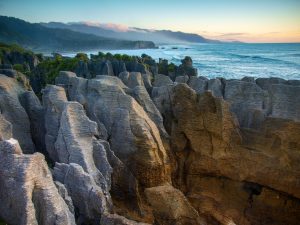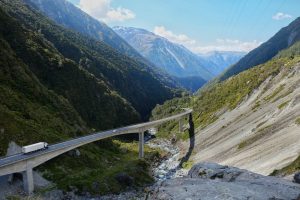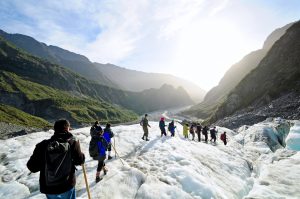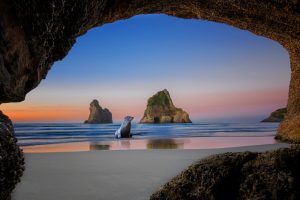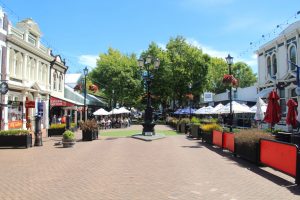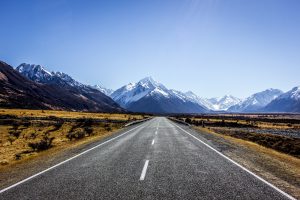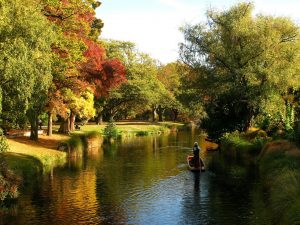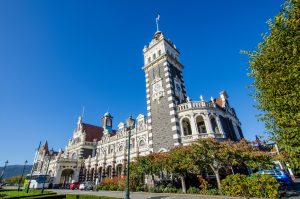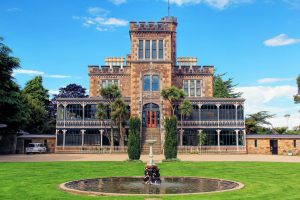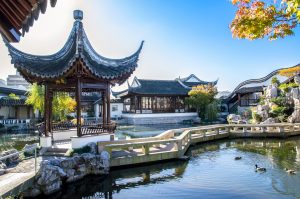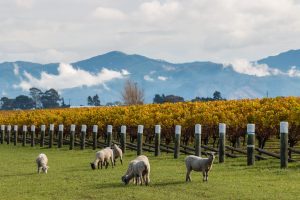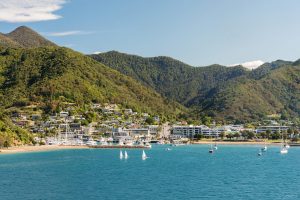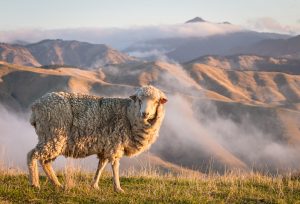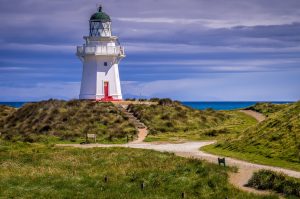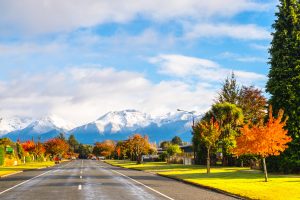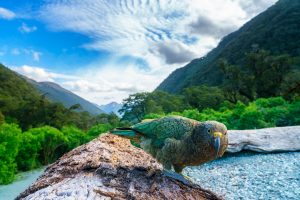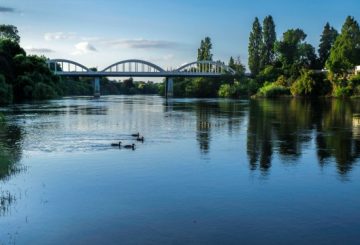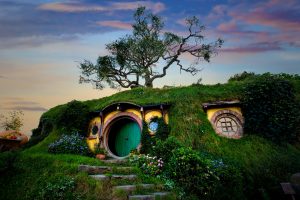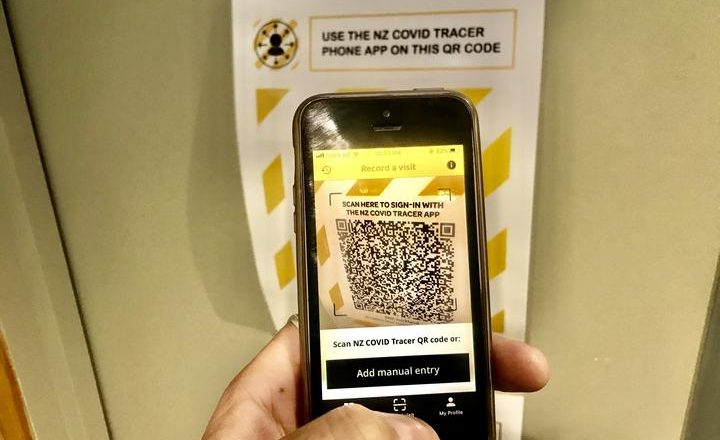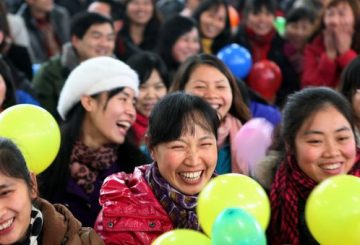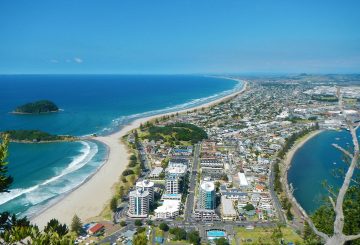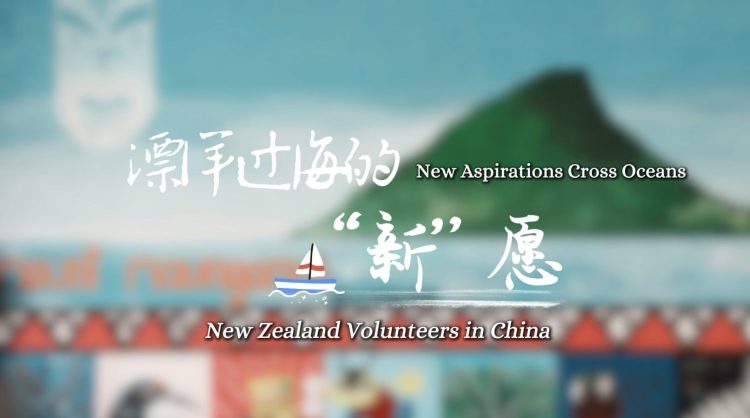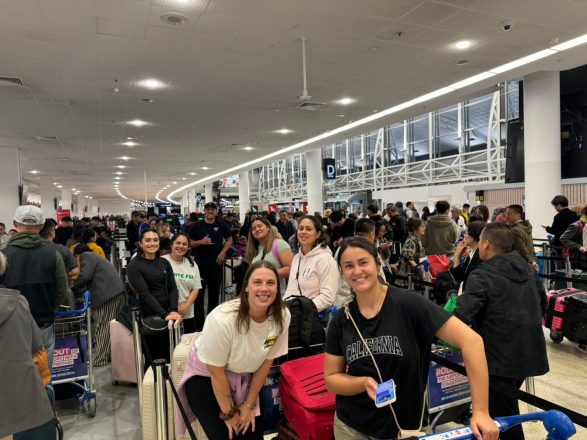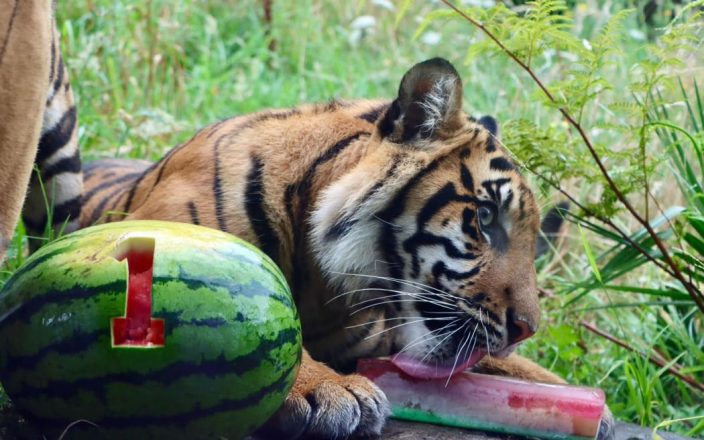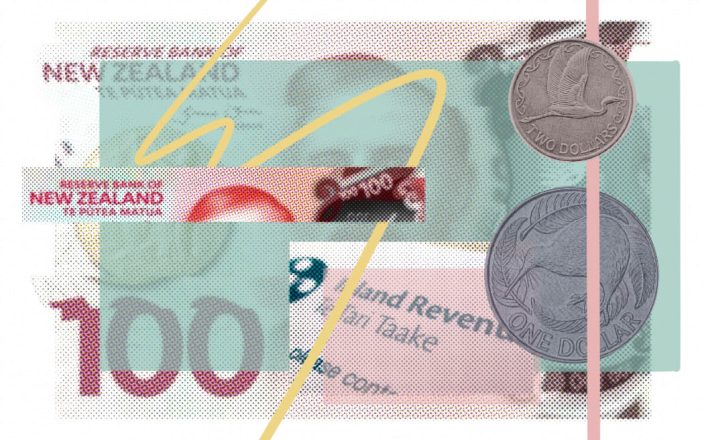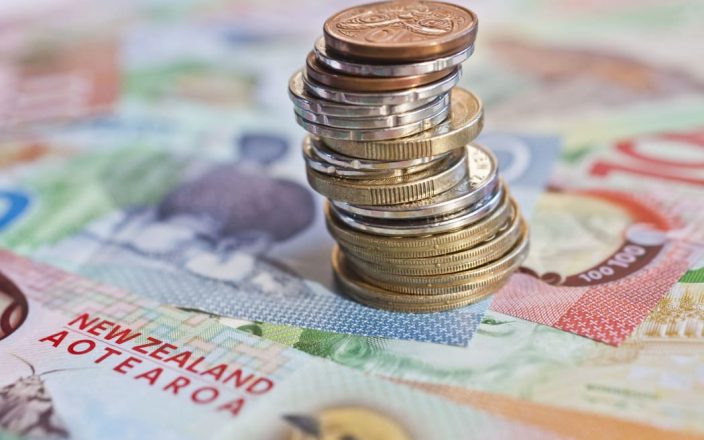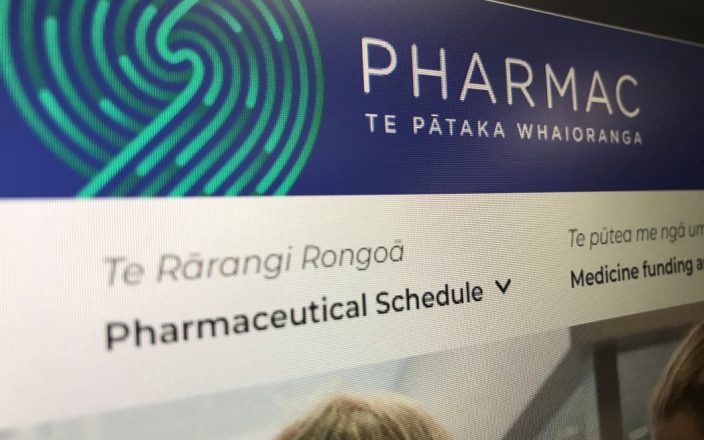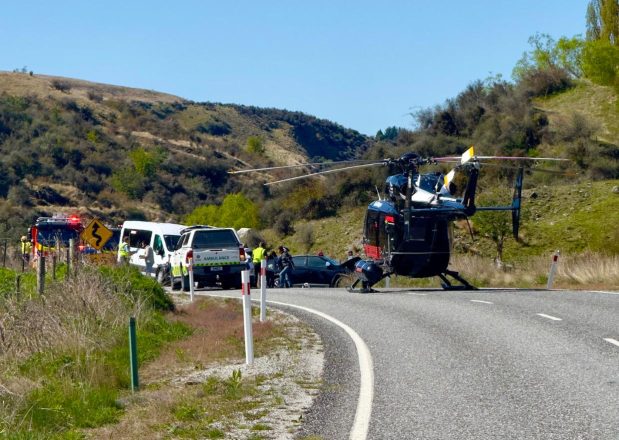It comes as two New Zealand Defence Force (NZDF) staff are at the centre of the latest community outbreak, with one travelling from Auckland to Wellington after getting infected.
The MOH said it had sent push notifications to the smartphones of people who used the Covid Tracer to log in at “several locations of interest” that were visited by the positive case who travelled – they are a close contact of the Auckland quarantine worker case first reported on Friday.
Those locations are:
Domestic Terminal, Auckland Airport: 5.30pm – 7.45pm, 5 November
Avis Car Rental, Auckland Airport: 5.00pm – 5.15pm, 5 November
Orleans Chicken & Waffles, Auckland Airport: 5.30 – 7:00pm, 5 November
The Gypsy Moth, Auckland Airport: 7.00pm – 7.15pm, 5 November
Hudsons, Auckland Airport: 7.00pm – 7.15pm, 5 November
Little Penang, The Terrace, Wellington: 1.15pm – 3.45pm, 6 November
The alerts sent out via the Covid Tracer app warned users they may have been in contact with the virus.
“If you begin to feel unwell, or for more information, please contact Healthline 0800 358 5453,” the MOH said.
“For contact tracing purposes, anyone who attended one of the locations listed during the relevant timeframes is considered to be a Covid-19 ‘casual contact’ with a low risk of exposure. Close contacts have been contacted directly.
“This case once again reinforces the importance of everyone who is able to using the app to keep a record of where they have been – it allows our contact tracing team to quickly notify you if you may have been exposed to this virus, and allows you to take immediate action to protect yourself, your whānau, and your community.”
The MOH appears to be referring to the two positive cases as the “November quarantine cluster”.

